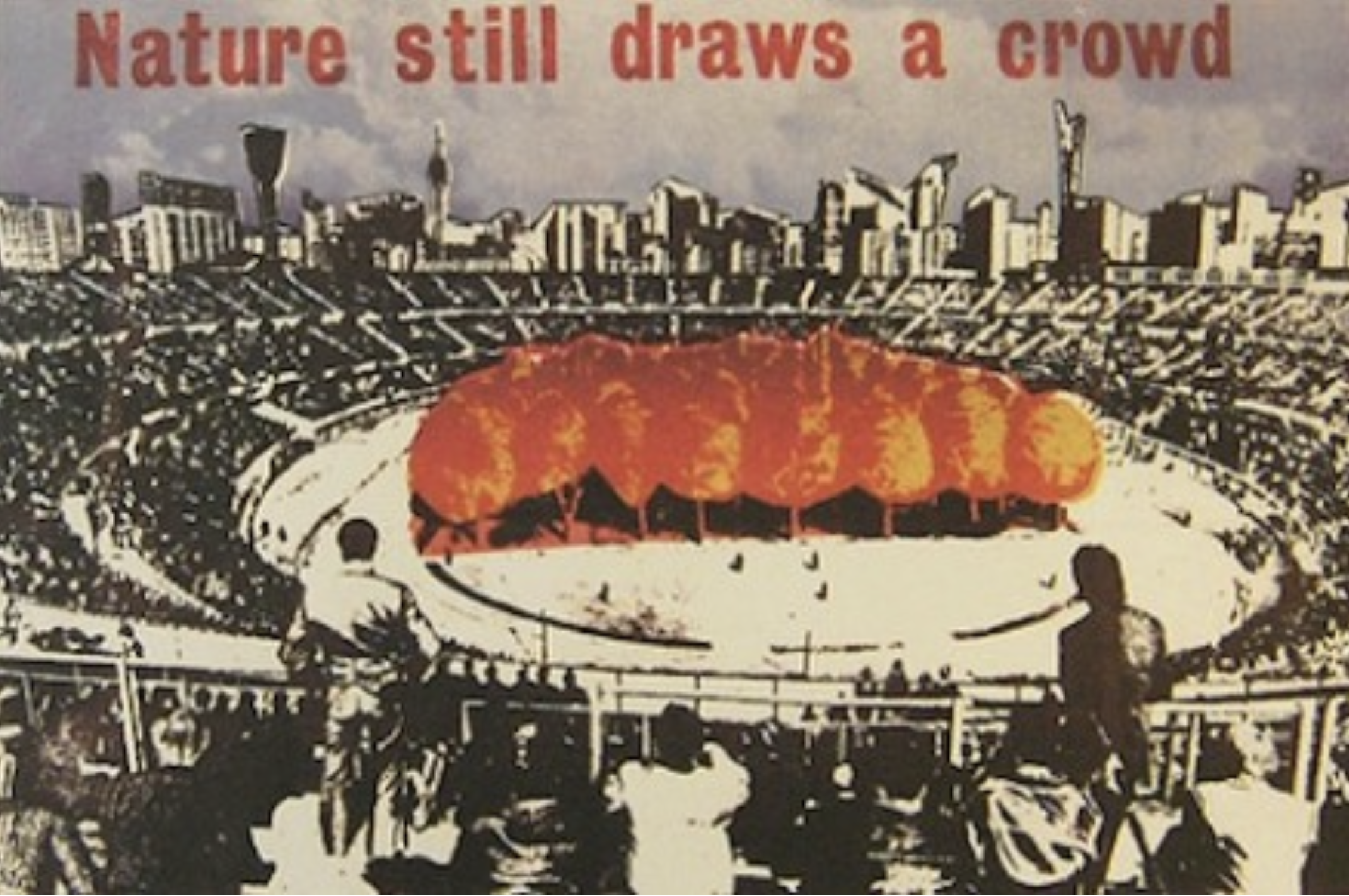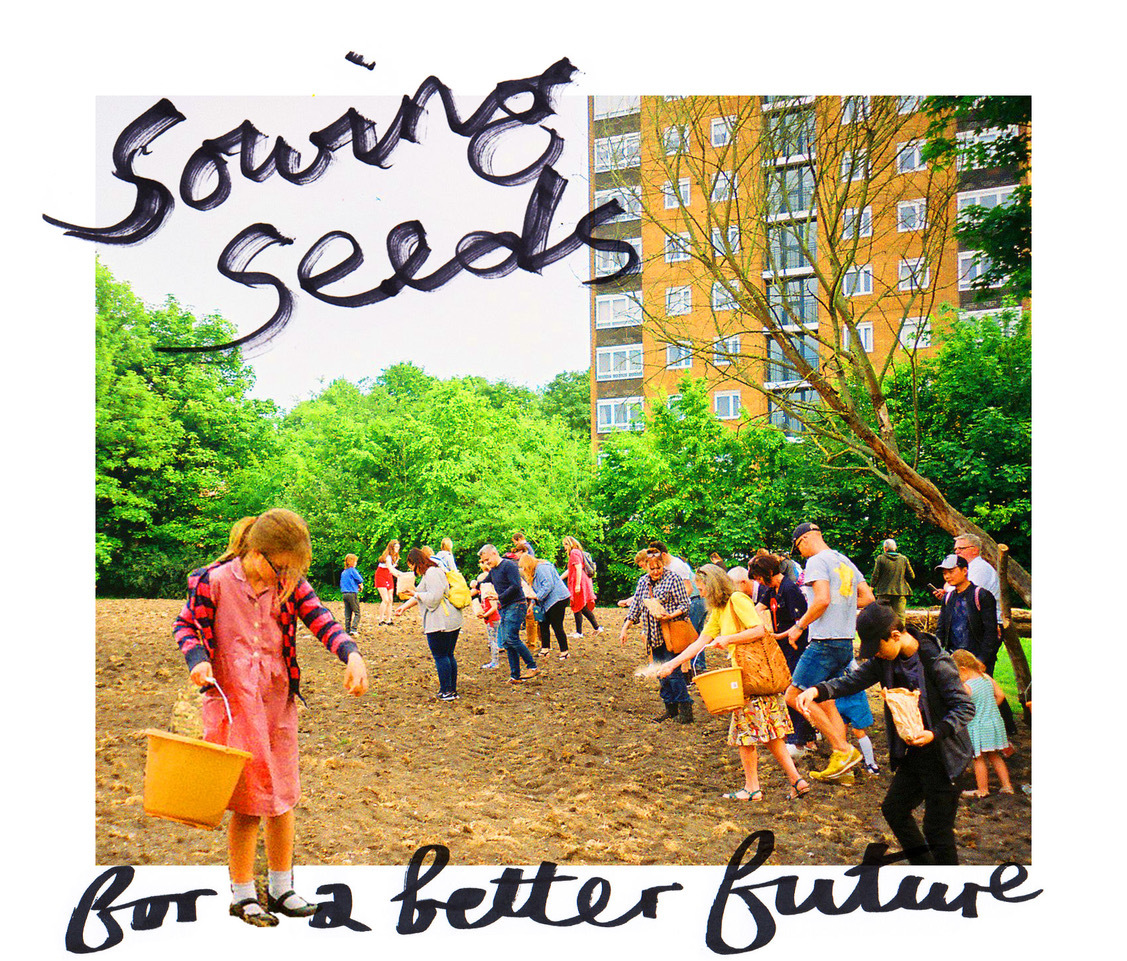Developing a community of practice. A Cultural Soil and Substrate Charter - creating attractive and lasting ecological landscapes.
Richard Scott, Director National Wildflower Centre at the Eden Project, CIEEM Habitat Creation Special Interest Group
A Community of practice is a great expression of how we can collectively bring the soil agenda to life. I focus on the biodiversity and carbon capture opportunity that exists using wastes creatively, to activate circular economy practice. I really believe in a community of soil and substrates, and how this links to opportunity for nature and people, which protects our soil resources at the same time.
In a city like Liverpool 60% of total waste is from construction and demolition. There is an opportunity cost if we don’t use this resouce, both for neutral carbon ways of working, and real biodiversity gain and nature recovery. We can use these substrates for sustainable biodiversity, particularly in cities where this waste is concentrated, and reduce carbon budgets. The word culture also directly links to the soil.
After a 40 year review of habitat and grassland creation in 2019 (a CIEEM event) in the idea of a Charter began. Ecologists have long known that the most diverse and species rich habitats are found in poor and unproductive soils or soils. It is critical to stop the waste of topsoil in public landscaping and to trumpet the opportunity of unproductive soil and substrates for species diversity. It is best practice for Sustainable Cities and Communities (SDG 11) , and it is circular economy thinking. CIEEM’s Habitat Creation Group - drafted the initial Cultural Charter for Soil and Substrates, which was then extensively peer reviewed and amended. It was beautifully transformed by British Artist Jamie Reid, an artist used to shattering icons. Jamie was a huge supporter of nature, his recent art installation at the Lost Gardens of Heligan reflecting this. It is with heavy hearts that we announce the passing of Jamie - Please take a moment to read about his life and work here.
 |
 |
| Nature Really Draws a Crowd (Suburban Press) Jamie Reid 1977 |
Sowing Seeds (St.Agnes Field, Liverpool) Jamie Reid 2021 |
The cultural charter makes clear the science and poetry attached to soil in our lives. Bruce Lascelles, President of The British Society of Scientists kindly allowed us to launch this Charter at the World Congress in Glasgow in 2022, where it was prominently hung, and featured prominently at the CIEEM’s Soil and Nature Recovery Conference in April 23. See the full charter here.
Check out the wonderful Garden Masterclass by John Little.
Initially working with green roofs, John has been highlighting unusual substrates opportunity like ourselves for many years. Gardeners like the late Beth Chatto, pioneered dry and sustainable gravel gardens, and these principles are being extended into local housing estates in Colchester- with John's help. These lessons must leap into everyday lives. It will result in incremental biodiversity building in the places where people live, and also set standards for how we manage engineer the best landscapes at the landscape scale.
We are in building a community land ethic in the spirit of Aldo Leopold (a founder of ecological restoration). We can incrementally build a mosaic of habitats based on our soil resources and “waste” materials advocated by the late Tony Bradshaw FRS who championed the restoration of derelict land, and showed the fundamental link of applied ecology land restoration. Oliver Gilbert in Sheffield also made clear a special kind of urban commons, linking the unique character and assembly species to place and soil. It is about looking at the World in a different way. We must see waste as part of the solution, to the extinction crisis and the pathway to carbon neutrality. It should be remembered the Eden Project is built in a China Clay Pit and working directly with the sterile mine waste, and soil manufacture made this possible, supervised by Tony Kendle. A new Eden Project publication called 101 Things to Do with a Hole in the ground is in preparation.
Polymath Sir James Lovelock CBE appreciated soil as an atmospheric scientist - the vast pool of terrestrial carbon is locked in the soil. We can accentuate this with good science, and applied effort. He believed in converting all our food and agriculture waste into biochar and literally pumping it into the ground- also revitalising industrially managed agricultural soils, and offering hope to the fragile soils of the tropics. One tonne of biochar placed in the soil can create 3 tonnes of permanent storage of CO2. Researchers at Newcastle University also documented the carbon capture benefits of demolition soils and estimated that by not using topsoil and “Scaling that up, appropriate management of less than 12,000 hectares of urban land to maximise calcite formation could remove 1 million tonnes of CO2 from the atmosphere each year.”
Species diversity thrives on poor soils, rich and phosphate laden soils in the UK Countryside can make species rich nature recovery difficult. Demolition and substrates and brownfield soils are often much easier to restore for nature. Former industrial sites and quarries make up 20% of Sites of Special Scientific Interest. Fertile topsoil resources should be saved for food growing and we should be linking our efforts to the exciting array community food growing projects. The importance of healthy soils and biodiversity working side by side is symbiotic.
Calderstones Nature Reserve:
There is a new momentum which crosses the knowledge exchange between new re-wilding energy and landscape scale thinking. It is important these elements are recognised in the pragmatic delivery and evolution of what Biodiversity Net Gain can deliver.
Soil and substrates are the starting points are critical to this delivery. In Liverpool the National Wildflower Centre is working with the “Scouse Flowerhouse” community benefit society, and a local aggregate recycling and road delivery partner Dowhigh, to develop growing network of biodiversity projects, targeting substrates in Liverpool City Region.
Understanding community involvement and strategic pathways of change takes us back to the idea and principle of a SOIL community The proof is in the pudding and the sharing of experience. There is a poetry and simplicity in this, which requires a sincere connection between people and the land. That is a community at its best.
Visit ciria.org/SOILCOP for more information.